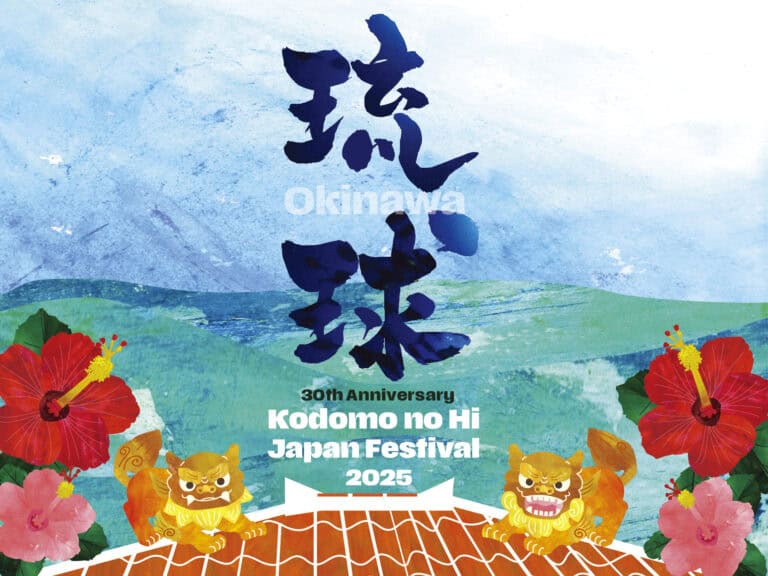
About Us
What is Kodomo no Hi Japan Festival?
Kodomo no Hi Japan Festival is Adelaide’s largest Japanese Festival, held annually since 1995. The Festival is a celebration of the cultural and social links between the people of Japan and Australia. It is a great day for people of all ages and backgrounds to enjoy Japanese music, performances, craft, food, martial arts and much more.
Kodomo no Hi Japan Festival is organised by the Japan Australia Friendship Association (JAFA), a non-profit volunteer organisation in Adelaide.
What does ‘Kodomo no Hi’ mean?
Kodomo no Hi means ‘Children’s Day’ and is a Japanese national holiday which takes place on May 5 – the fifth day of the fifth month. It is a day set aside to respect children’s personalities and to celebrate their happiness. Families fly koinobori or carp streamers for each child in their house. In Japanese folklore, the carp is a symbol of determination and vigor, overcoming all obstacles to swim upstream. Samurai warrior figurines and samurai kabuto helmets are also displayed in homes to inspire strength and bravery.
Our Mission Statement
The mission of Kodomo no Hi Japan Festival is the promotion of friendship between Australian and Japan through the exhibition of Japanese culture in many forms (both traditional and modern) in Adelaide. This is achieved with the participation of local performers, community groups and volunteers.
Multiculturalism
The festival aims to be multicultural and inclusive of people from all cultural backgrounds and of all ages.
Family-friendliness
The festival aims to be “family-friendly”, by:
- being affordable for families in terms of
- admission prices
- food prices
- providing a variety of free or near free activities
- “going the extra mile” for families in terms of
- providing of customer service
- providing of entertainment and activities that are suitable for people of all ages
Services
The festival aims to fulfil the needs of patrons attending the festival in terms of
- providing enough facilities for the estimated crowd numbers
- providing sufficient high quality food stalls to feed patrons
- providing affordable, high-quality entertainment, activities and exhibitions
- providing adequate car parking and disabled parking
Food Stalls
The festival aims to have a sufficient number of food stalls to feed all festival patrons affordably and with minimal wait. The festival aims to have stalls that have the necessary experience, serve high quality, healthy food cooked with the correct equipment. The festival aims to ensure that all food stalls are trained in proper food and hygiene procedures and continually strives to deliver only food that is absolutely safe.
